Imagine walking into a crowded market, with hundreds of stores selling similar items. Suddenly, you spot one store with a vibrant signboard, displaying not just the product name but its price, user ratings, and even an enticing image – compelling you to step in and make a purchase! That’s exactly how rich snippets work in the world of search engine optimization (SEO). By unlocking the power of rich snippets, your website can stand out among search engine results and create an irresistible urge for users to click on it. Keep reading to discover how these little gems can significantly impact your SEO efforts and boost your online presence.

Rich snippets are a type of structured data that appear in search engine results pages (SERPs). They provide additional information to users beyond the typical title, URL, and description. Rich snippets can include content like ratings, reviews, images, and more. Implementing rich snippets on your website can help improve its visibility, click-through rate, and ultimately, its search engine rankings. By providing clear and structured data to search engines, websites can better communicate their content to both search engines and users.
What Are Rich Snippets?
Have you ever noticed when you search for a recipe on Google, the result shows up with not only the title and meta description but also an image, rating, cooking time, and calories? This additional information is known as a rich snippet. Simply put, it’s a summary of the content that appears in response to a search query.
Rich snippets add valuable information about the content of a webpage and enhance the user experience by providing more context without having to click through. They are essentially designed to help search engines understand the content of your website better, which in turn makes it easier for them to return relevant results.

For instance, if you’re looking for a hotel in Paris, rich snippets can tell you everything from its location on the map to its room rates and amenities without having to go to multiple websites before making your booking.
There are several types of rich snippets available on different topics spanning from recipes, reviews, events, people, businesses, news articles, and many more. These different types of snippers provide information in different ways.
One important thing to note is that not all structured data markups become rich snippets – Google determines which pages they will display rich snippets for based on their relevance and quality guidelines. The use of correct structured data across all pages will improve visibility.
Now that you understand what rich snippets are let’s dig into how they impact SEO.
How Do Rich Snippets Impact SEO?
Rich snippets have a significant impact on SEO by improving visibility, click-through rates (CTR), and rankings.

Rich snippets provide users with more detailed previews of your webpage content directly from within the search listings page, allowing users to make faster decisions depending on what they see. Leveraging this tool properly helps increase exposure thereby improving CTR.
In a study by Advanced Web Ranking, pages with rich snippets have a 30% higher click-through rate than those without. Thus, using rich snippets can significantly increase the number of clicks and traffic to a website.
Rich snippets allow webmasters to include interactive features such as video thumbnails, reviews, and events directly on Google’s search page. This enhanced user experience leads to more engaged visitors, which in turn frequently return to the site for the information they need. This process helps boost qualified organic traffic due to the immediacy users experience with the website.
However, other studies tend to show conflicting results as there are some instances where rich snippets may in fact reduce real-estate space resulting in less clicks and engagement. There is also concern that providing too much information before clicking through to your page could result in a lower quality of leads overall, but these concerns remain speculative and can be mitigated through proper execution.
It’s proven that using structured data markup is one ranking factor contributing to improved SEO performance. Rich snippets have been demonstrated to help increase the relevance of the content on your webpage increasing its overall ranking potential in search engine results pages.
According to Google itself, websites that adopt structured data markup tend to be crawled more efficiently and effectively compared to sites without structured data, leading to ranking growth of roughly 4 positions in SERPs compared to sites without any marked-up data.
Setting up structured data markup that enables richer search listings not only increases relevance but displays so potential visitors find it easier to notice and engage with your content.
With a better understanding of what rich snippets are and how they impact SEO, it is important now to know how to implement them on your website.
Improved Visibility and Click-Through Rates
Rich snippets provide additional information about a web page, beyond the typical title and description that shows up in a SERP. When you see a SERP with an image, rating, or review, it is likely that a rich snippet has been implemented. But how do these extra details impact SEO?
According to studies conducted by Advanced Web Ranking, pages with rich snippets have a 30% higher click-through rate than those without. This is because rich snippets capture the attention of users and provide more context about the content on the page. For example, if someone searches for “best coffee shops in New York,” the SERP displaying rich snippets of locations and ratings will appear more informative than one without them.
In addition to capturing attention, rich snippets also improve visibility on SERPs. Websites that implement structured data markup are more likely to show up in relevant search results, which in turn improves click-through rates from users. Structured data sends clear signals to search engines about what your web page offers, making it easier for algorithms to identify and match your content with specific search queries.
However, some have argued that the increased visibility and click-through rates resulting from rich snippets may not always lead to quality traffic. In some cases, users may be clicking through out of curiosity rather than genuine interest in the content. This can result in high bounce rates or low engagement from visitors.
Think of it like a storefront display – the bright colors and bold fonts may catch your eye and draw you in, but if the items inside aren’t relevant or useful to you, you’re likely to leave quickly. It’s important to use rich snippets strategically, providing accurate and detailed information about your web content so that users who do click through are more likely to engage with your website.
With improved visibility and click-through rates in mind, let’s now explore how rich snippets impact a user’s experience and engagement with your website.
Better User Experience and Engagement

Rich snippets can enhance a user’s search experience by providing more context about the content on the web page. When users see detailed information, such as product pricing or review ratings, they are more likely to trust the website and engage with its content. This can lead to increased time spent on the site, higher conversion rates, and ultimately better SEO performance.
To illustrate this point, consider an online shopping scenario. If someone searches for “laptop reviews,” they are likely comparing different models before making a purchase decision. With rich snippets displaying ratings and reviews right on the search results page, they can quickly see which laptops have been rated highly by other buyers, without having to click through multiple links. This saves them time and effort while providing valuable insights that help them make informed decisions.
Rich snippets also improve relevance and accuracy in search results. By using structured data markup to provide detailed information about your web content, you increase the likelihood of matching with specific search queries that are most relevant to your business or product. Additionally, clearer and more detailed information helps ensure that users who do click through are finding what they’re looking for on the web page, leading to lower bounce rates and longer time spent on the site.
On the other hand, some argue that rich snippets can create a false sense of familiarity for users who have only seen limited details on the SERP. This can lead to confusion or disappointment when users arrive at the actual web page and discover that it is not exactly what they expected based on the rich snippet preview.
Imagine browsing through a menu with pictures of each dish next to their name – you might be enticed by the visually appealing images, but when the actual dish arrives, it may not meet your expectations. This is why it’s important to ensure that your rich snippets accurately reflect the content on your web page.
Overall, rich snippets provide a powerful tool for enhancing both visibility and user experience on search engine results pages. By strategically implementing structured data markup and carefully selecting what information to display in rich snippets, website owners can create better engagement, higher click-through rates and more relevant traffic to their site- ultimately leading to better SEO performance.
Enhanced Search Rankings
One of the biggest benefits of using rich snippets is that they can enhance your search rankings. With rich snippets, search engines like Google have access to more information about your website and its content than just the standard title, URL, and description. This additional information can help search engines more accurately determine if your page is relevant to a particular search query, which in turn can lead to higher rankings in search results.
For example, if you have a recipe website and use rich snippets to provide additional information like ratings and reviews from users who have tried the recipe, Google may be more likely to feature your recipe in the top results for searches related to that specific recipe. This increased visibility can lead to more traffic and engagement on your site.
Multiple studies have shown that pages with rich snippets tend to rank higher in search results than those without. Advanced Web Ranking conducted a study that found that on average, pages with rich snippets appeared in position one of the search results 26% more often than those without. Another study by Backlinko found that pages with schema markup (the most commonly used structured data markup for rich snippets) ranked on average four positions higher in search results than pages without it.
While there is no guarantee that using rich snippets will automatically improve your search rankings, it is clear that providing additional information through structured data markup can give your website an edge over others in search results. Additionally, even if rich snippets don’t directly impact your rankings, they can still improve click-through rates and engagement on your site, which can indirectly impact rankings over time.
Think about it this way: Rich snippets are like adding extra spices to a meal. They won’t necessarily make or break the dish on their own, but they can add an extra layer of flavor and depth that makes it stand out from other dishes.
- A study conducted by BrightLocal revealed that 94% of web users choose businesses with rich snippets when browsing for local services, proving the importance of structured data for local search results.
- Research from Moz showed that by implementing structured data markup and optimizing for rich snippets, websites saw an average increase in organic traffic by 20-30%.
Now that we’ve discussed how rich snippets can enhance search rankings, let’s dive into how to implement them on your own website.
Implementing Rich Snippets on Your Site

Implementing rich snippets can seem daunting, but fortunately, there are a variety of tools and plugins available that can make the process significantly easier. The most important step in implementing rich snippets is to use structured data markup, which essentially tells search engines what information you want to feature in your rich snippets.
For example, if you have a business listing page on your site, you could use structured data markup to provide additional information like hours of operation and customer reviews. This information could then be featured in a rich snippet when someone searched for your business name on Google.
There are several types of structured data markup you can use depending on the type of content on your site. The most commonly used type is schema markup, which is supported by Google and other major search engines. You can find detailed information about how to implement schema markup on the official Schema.org website.
While adding structured data markup manually is possible, it can be time-consuming and difficult for those without a technical background. Fortunately, there are many tools and plugins available that can simplify the process significantly. For example, Yoast SEO and All in One SEO Pack both offer features for adding structured data markup with minimal effort.
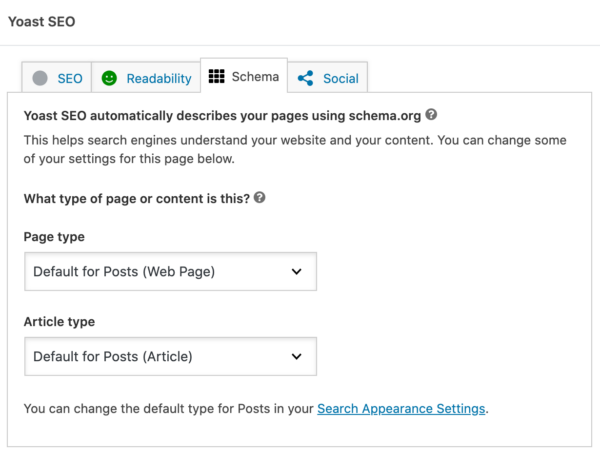
Using structured data markup is like providing a detailed recipe for a meal: It gives search engines all the information they need to create a rich snippet that accurately reflects the content on your site.
In the next section, we’ll explore some of the specific tools and plugins available for implementing rich snippets, as well as tips for monitoring and measuring their impact once implemented.
Using Structured Data Markup
Structured data markup is a type of code added to a webpage that provides search engines with additional information about the content on the page. This additional information can include details such as the type of content, author information, reviews, ratings, and much more. By adding structured data markup to your website’s pages, you can help search engines understand what your content is about and provide richer search results for users.
For example, if your page is about a recipe, you can use structured data markup to provide information like cooking time, ingredients list, nutritional information and more which will be featured directly in the search results. In turn, these rich snippets would attract more attention from searchers who are looking for specific cooking recipes.
Structured data markup uses a standard format known as Schema.org. By using Schema.org to annotate your content with structured data markup, you are providing a uniform way for search engine crawlers to find and make sense of the data on your site.

Implementing structured data markup may sound daunting at first but it can be relatively easy by following Schema guidelines. There is plenty of schema on hundreds of topics offered by Google itself that helps guide users through the process. Once you have successfully marked up your site’s important pages with structured data markup using Schema.org, you give them better means of being understood and represented in SERPs than before.
So how do we add structured data markup to our webpages? Read on and we’ll explore some methods for implementing structured data markup.
Tools and Plugins for Rich Snippets
There are various tools and plugins available that allow website owners to easily implement rich snippets on their site without any coding skills or knowledge required. One such plugin that stands out is Yoast SEO for WordPress.
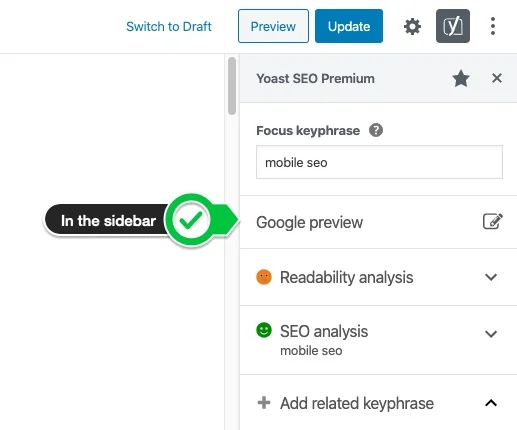
According to research conducted by Yoast, websites that use their plugin rank higher than those that do not employ the use of structured data. Yoast SEO provides a user-friendly interface that shows how your snippets would appear in SERPs.
Another excellent tool for implementing rich snippets is Google’s Structured Data Markup Helper. It guides users through the process step-by-step and makes adding structured data markup to a website a breeze.
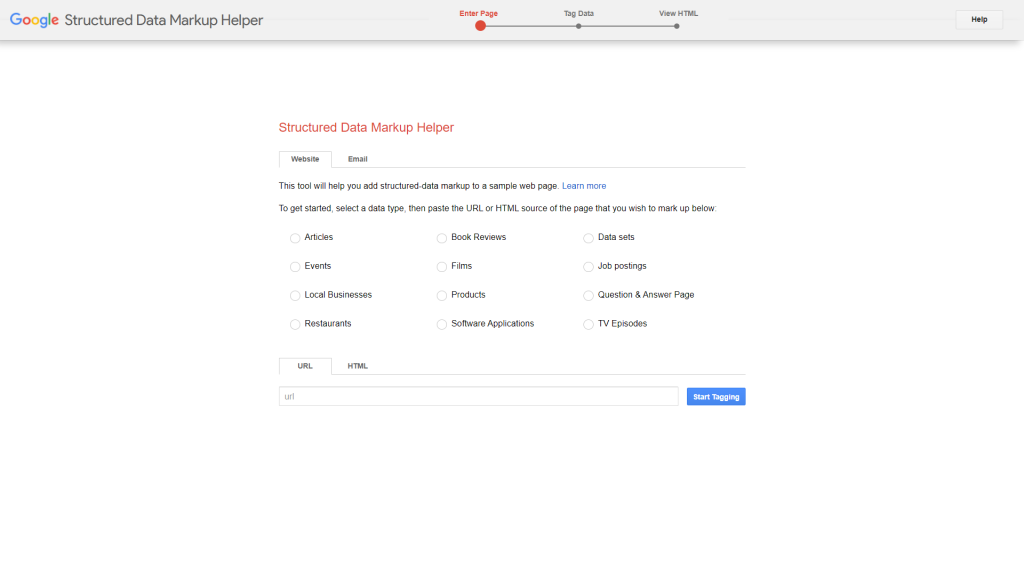
It’s important to note that there are no guarantees that structured data markup will improve your rankings overnight, but it does increase your chances of making richer search results. Think of it like getting better clothes from a mall but the shoes have to break in first before your feet truly feel comfortable in them.
While some may argue that rich snippets are overrated and not worth the effort, statistics show otherwise. Implementing rich snippets can significantly improve click-through rates, enhance user experience, and ultimately boost website traffic. The choice is yours but when deciding on whether or not to include structured data markup, keep in mind that its benefits are well-documented and worth considering.
Monitoring and Measuring Rich Snippet Performance

Now that you have implemented rich snippets on your site, it’s important to monitor and measure their performance. By doing so, you can determine whether your efforts are paying off and adjust your strategy if necessary.
There are several tools available that can help you track the performance of your rich snippets. Google Search Console is one such tool. It provides detailed reports on impressions, clicks, and click-through rates for your rich snippets. You can also use third-party tools like Semrush or Moz to track your rich snippet performance.
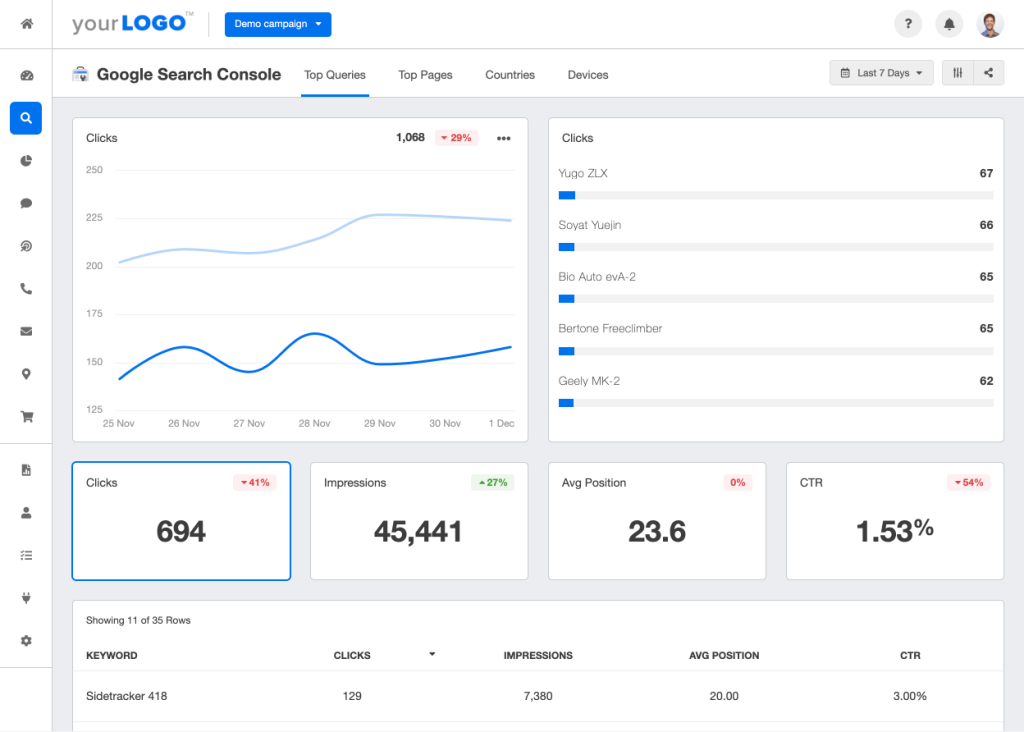
For instance, let’s say you have implemented a recipe schema markup on your site. By monitoring its performance, you may find that most users who click on your recipe snippet leave the site quickly without engaging with it further. This could indicate that the recipe is not meeting user expectations, such as not being easy to follow or missing key ingredients in the list. Armed with this information, you can decide to modify the recipe and improve the user experience, which will lead to better engagement and ultimately drive up conversions.
Tracking rich snippet performance can also help you identify areas where you can improve. For example, if your rich snippets are not getting many impressions, it could be because they’re not visible enough in search results. This could be due to poor placement or formatting of the schema markup. By identifying these issues early on, you can take corrective action and optimize your markup for better visibility.
Some may argue that tracking rich snippet performance is not worth the effort since it doesn’t have a direct impact on SEO rankings. While it’s true that Google has stated that clicks on rich snippets do not directly affect rankings, they do indirectly impact them by driving engagement and traffic to your site. Plus, monitoring rich snippet performance provides valuable insights into user behavior and preferences, which can inform other aspects of your SEO strategy.
Think of it this way: monitoring rich snippet performance is like keeping an eye on the dashboard of a car. While it doesn’t directly affect how fast or efficiently the car runs, it provides valuable information about its speed, fuel consumption, and other important metrics. Likewise, tracking rich snippet performance provides valuable insights into how your site is performing and where you can make improvements.
In conclusion, monitoring and measuring rich snippet performance is essential for any business that wants to maximize its SEO efforts. While there are several tools available, On-Page.ai offers a comprehensive suite of SEO optimization tools powered by AI that can help you implement and track rich snippets on your site. Its On-Page Tool and Stealth AI Writer features are especially useful for optimizing site content for rich snippets and other SEO factors.

Overall, investing in the right tools and strategies, such as using On-Page.ai, can go a long way towards unlocking the power of rich snippets and improving your site’s SEO performance.
Answers to Common Questions
Are there any downsides to including rich snippets on a website?
While including rich snippets on a website can certainly boost its visibility and click-through rates in SERPs, there are potential downsides to consider.
First off, search engines are constantly updating their algorithms. This means that what may once have been an effective strategy could eventually result in penalties or decreased rankings. Google has already cracked down on spammy rich snippets, such as those with misleading information or excessive use of schema markup.
Additionally, some studies suggest that rich snippets don’t always result in higher click-through rates. For example, a 2018 study by Rand Fishkin found that while featured snippets improved CTRs, other types of rich snippets saw no significant impact. It’s important to analyze your specific industry and target audience to determine if rich snippets will truly provide value.
Finally, implementing rich snippets can require technical know-how and time investment. If not done correctly, it could actually harm your website’s performance.
In summary, while rich snippets can offer a lot of benefits for SEO, there are potential downsides to consider as well. As with any strategy related to search engine optimization, it’s important to weigh the pros and cons before making changes to your website.
How can website owners monitor the performance of their rich snippets in search results?
As search engines continue to evolve, website owners must stay on top of their game in terms of optimizing their content for search. Rich snippets are an often overlooked factor that can heavily impact SEO and drive traffic to a website.
Thankfully, monitoring the performance of rich snippets is relatively simple. Website owners can use Google Search Console to track the number of times their rich snippets appear in search results and the click-through rate they receive. This data can be crucial for understanding which types of rich snippets are resonating with users and which ones may need improvement.
According to a study by HubSpot, pages with rich snippets have a 10-20% higher CTR than those without. This insight highlights the importance of tracking how rich snippets perform in search results.
In addition, website owners should regularly monitor their rankings for keywords associated with their rich snippets to ensure they are appearing as high as possible in search results. Tools like Ahrefs or Semrush can provide valuable insights into keyword rankings and competitor analysis.
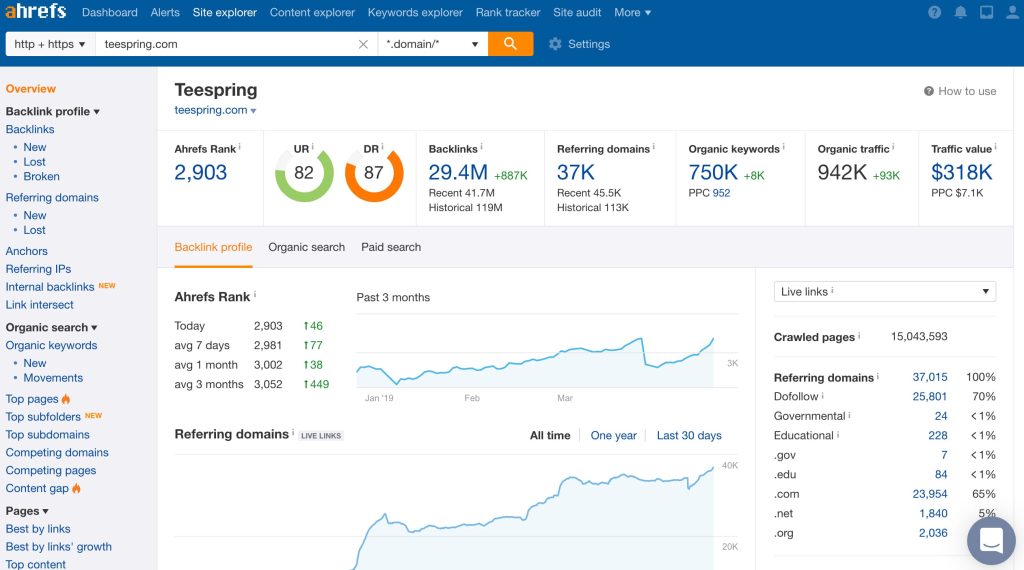
Overall, taking the time to monitor rich snippet performance can have a significant impact on a website’s overall SEO strategy and drive more targeted traffic to the site.
Does incorporating structured data improve ranking in search results?
Yes, incorporating structured data improves ranking in search results. Structured data helps search engines better understand the context of a web page and its content. This understanding can lead to rich snippets being displayed in SERPs, which have been shown to increase click-through rates.
According to a study by Semrush, pages with featured snippets receive an average CTR of 8.6%, compared to 19.6% for pages without any featured snippets. Additionally, a study by SearchMetrics found that websites using structured data saw a 36.6% increase in visibility in Google’s SERPs.
It’s worth noting that while incorporating structured data may not directly impact rankings, it can indirectly impact them through increased click-through rates and visibility in SERPs. Therefore, it’s important for website owners and SEO practitioners to consider incorporating structured data into their web pages to unlock the power of rich snippets and improve their overall SEO performance.
Which types of rich snippets are most effective for increasing website traffic?
There are several types of rich snippets that can effectively increase website traffic. However, the most effective ones in terms of CTR and user engagement are:
1. Review snippets: According to a study by Moz, pages with review snippets had a 10.3% higher CTR than pages without them. Reviews provide social proof and help users make informed decisions before visiting your website.
2. Recipe snippets: Recipe snippets can increase CTR by up to 150%, as reported by Google. This is because they give users a quick overview of the recipe, including cooking time, serving size, and calorie count.
3. Event snippets: If you’re hosting an event, including an event snippet can help increase attendance and awareness. A study by BrightLocal found that businesses with event support had a 38% higher CTR than businesses without it.
4. Video snippets: Pages with video snippets can increase CTR by up to 41%, according to a study by Forrester Research. Adding video previews in search results helps users visualize the content and encourages them to click through to your website.
These are just a few examples of the most effective rich snippets for increasing website traffic. However, it’s essential to choose the right type based on your business needs and goals. By incorporating rich snippets into your SEO strategy, you’ll not only improve your visibility but also enhance your user experience and drive more traffic to your site.
How do search engines determine which content is eligible for rich snippets?
Search engines determine which content is eligible for rich snippets by crawling through a website’s structured data markup. Structured data markup provides information about the content on a webpage and helps search engines understand its relevance to certain search queries.
According to a study conducted by SearchMetrics in 2016, pages that include schema markup are more likely to appear in Google’s SERPs as rich snippets. The study found that roughly 36% of Google search results feature at least one rich snippet, with the majority being pulled from websites that have implemented structured data markup.
Google supports a variety of schema types, including those for reviews, recipes, events, and products. By using these schema types, website owners can improve their chances of appearing in SERPs as rich snippets and therefore increase click-through rates and traffic to their site.
In summary, implementing structured data markup on your website increases the likelihood of your content appearing as a rich snippet in Google’s search results pages. Therefore, it is important for website owners to invest time in properly marking up their content with relevant schema types in order to unlock the power of rich snippets and improve their SEO efforts.




